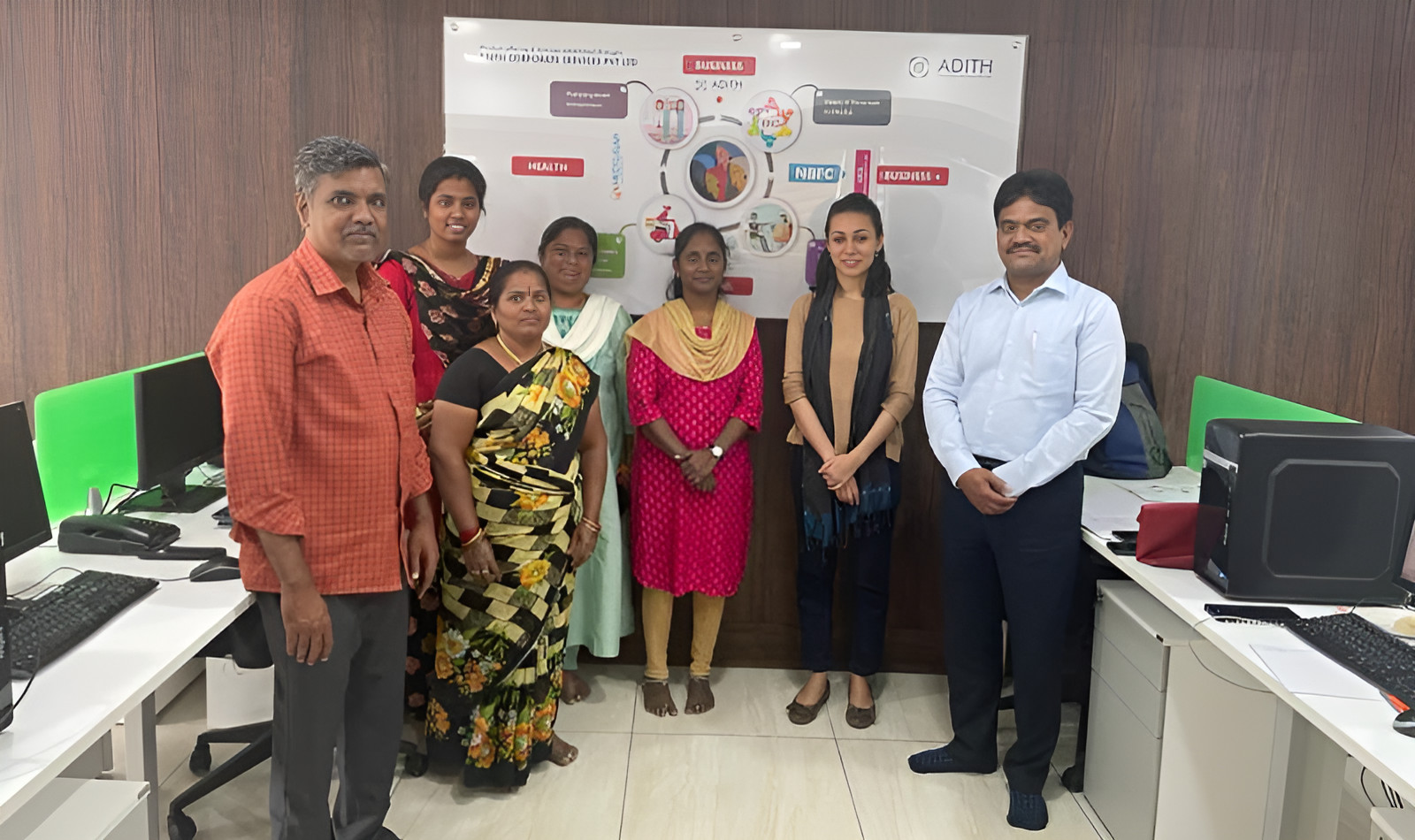Transforming Rural Finance in India with P2P Lending

Rural and semi-urban India has long faced a persistent challenge: accessing formal credit. Traditional banks often find it economically unviable to serve these markets due to high operational costs and perceived risks. However, a new model of peer-to-peer (P2P) lending is beginning to change this narrative, demonstrating that technology can make inclusive finance both feasible and impactful.
The Rural Credit Reality
IndiaP2P, an RBI-certified peer-to-peer lending platform has released its FY25 Social Impact and Performance Report which showcases how P2P lending can bridge India’s credit gap while creating real social impact in rural and semi – urban India. The report reveals a stark picture of India’s credit landscape.
According to the report, in fiscal year 2025, 99% of its lending activity occurred in non-urban areas, highlighting just how underserved these regions remain by conventional financial institutions. The numbers tell a compelling story about who needs credit most urgently.
Among borrowers accessing alternative lending platforms, 92% are self-employed individuals running small businesses or enterprises. These are the micro-entrepreneurs who form the backbone of rural economies—from vegetable vendors to small-scale manufacturers—yet struggle to access the capital needed to grow their operations.
Women at the Center of Economic Change
Perhaps the most striking aspect of this emerging credit ecosystem is its gender distribution. In FY25, 78% of IndiaP2P loans were disbursed to women borrowers reflecting both the entrepreneurial drive of rural women and their traditional exclusion from formal banking systems.
This trend aligns with broader research indicating that women are more likely to invest borrowed capital directly into family welfare and business growth, creating multiplier effects in their communities. The founding team of IndiaP2P noted that their borrowers “aren’t just receiving loans; they’re building businesses, adding income streams, and lifting entire households out of poverty.”
A Different Approach to Credit Assessment
Traditional lending relies heavily on credit scores, collateral, and extensive documentation—requirements that often exclude rural entrepreneurs despite their business viability. IndiaP2P platform is a pioneering alternative assessment methods that look beyond conventional metrics.
IndiaP2P platform employs hybrid underwriting models that combine behavioral data with business performance indicators. It is not just about formal credit histories but also about analyzing cash flow patterns, business vintage and local market conditions. This approach has enabled them to serve borrowers with a median credit bureau score of 747 while maintaining healthy portfolio performance.
Small Loans, Big Impact
The average loan size data of IndiaP2P hovers around ₹2 lakh—a figure that might seem modest but represents transformational capital for micro-enterprises. These small-ticket loans are precisely sized for the needs of rural businesses: upgrading equipment, purchasing inventory, or expanding operations.
Significantly, 75% of these loans fund income-generating activities, suggesting that borrowers are using credit strategically to build sustainable revenue streams rather than for consumption purposes. According to the report, the typical borrower is 38 years old with a five-year-old business, indicating that these are established entrepreneurs seeking growth capital rather than startup funding.
IndiaP2P: Geographic Spread and Social Impact
The reach of IndiaP2P lending platform extends across India’s most economically challenged regions. Operations span over 50 locations across 31 districts, including states like Odisha, Bihar, Uttar Pradesh, Madhya Pradesh, Chhattisgarh, Rajasthan, and West Bengal—areas where traditional banking infrastructure remains limited.
This geographic distribution is particularly significant because 80% of loans reach households classified as Economically Weaker Sections (EWS), Lower Income Groups (LIG), and Middle Income Group-1 (MIG-1). These are precisely the demographics that struggle most to access formal credit despite demonstrating strong repayment capabilities.
Technology Meets Ground Reality
The success of rural P2P lending rests on a hybrid model that combines digital efficiency with human touch. IndiaP2P platform uses technology for onboarding and assessment and for maintaining networks of local agents who understand regional contexts and can build trust with borrowers. This approach addresses a critical challenge in rural finance: the need for both scalability and personalization. Digital systems enable platforms to process applications efficiently and manage risk at scale, while local presence ensures that borrowers receive appropriate guidance and support.
The impact of IndiaP2P lending platform extends beyond individual borrowers to contribute to broader development objectives. These include supporting multiple United Nations Sustainable Development Goals: reducing poverty through income upliftment, promoting gender equality through women’s economic empowerment, fostering decent work and economic growth, building financial infrastructure, and reducing inequalities across regions and income levels.
This alignment suggests that market-driven solutions can achieve social impact without requiring direct subsidies or government intervention, making them potentially more sustainable and scalable.
The emergence of P2P lending in rural India represents more than just a new financial product—it signals a fundamental shift in how credit markets can operate. By leveraging technology to reduce costs and alternative data to assess risk, these platforms are proving that serving rural markets can be both commercially viable and socially impactful. The challenge now lies in scaling these approaches and early indicators suggest it could play a crucial role in bridging India’s persistent credit gap, one small loan at a time.


